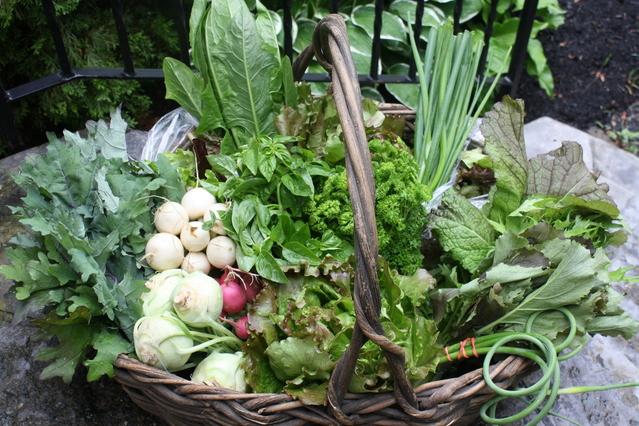Mastering Marketing
Pivot to Bundling Products to Increase Sales
The new buzzword in marketing is “pivoting. A pivot in business usually occurs when a company makes a fundamental change to their business after determining (usually through market research) that their product isn't meeting the needs of their intended market. The Covid-19 pandemic protocols have made producers and market outlets pivot to more online ordering and pre-packaged products.
With these two sales marketing strategies in place, now is the time to provide more bundling in your product offerings to increase your sales. Product bundling involves combining several products into a package at a reduced price. CSA’s are a classic example of bundling high and low-margin products together to achieve target profit margin. Additionally, logically bundling products, such as a meal kit; may enable you to achieve a higher target margin per package.
Product Bundling Benefits
- Increase Average Order Value-Bundles have the potential for a greater average order value. In other words, your customers spend more each time they buy. Your margins might take a slight hit, but the increase in sales should make up for that. Also, you should be saving money on packaging and transaction costs.
- Simplify Marketing– Bundling some of your items means you can manage and visualize your inventory more easily. You can market multiple products in one fell swoop. Rather than marketing to sell ten different products, you can sell them as a single package (think salsa kits, meal kits, pairings like strawberries, and shortcakes). Bundling can also help move slower selling items and reduce your inventory.
Product Bundling Strategies
- Put Complimentary Products Together–Bundles work best when you combine products that are often purchased together. Just put yourself in the customer’s shoes and think about which products you are most likely to buy at the same time. Salad mix with additional veggies, meal kits with recipes included, grilling bundles for meats, and targeted meals like breakfast bundles.
- Still Sell Items Separately-Regardless of what bundles you create, make sure to always sell your products separately as well. This way customers can compare prices and see that your bundle is a good buy.
- Make Smart Parings-If you pair expensive and inexpensive products together, you could get people interested in products they might otherwise have ignored, plus there’s potential to increase margins. But, the reality is that we view the value of a product bundle as the average of its parts, rather than the sum of its parts. That means that if one item in the bundle is significantly lower in value then customers will pick up on that and automatically lower the average in their mind. If you want to pair low and high-value items, you need to make sure your bundle provides good overall value in the customer’s mind and let customers know there is a good reason for the pairings.
- Keep Your Bundles Attractive and Simple-Present your bundle as an attractive package with each item visible in its picture or in your sales display. Remember that customers buy “with their eyes and nose”. The number of items bundled can be as few as two but shouldn’t be more than 7-8.
Remember to promote your bundles in your emails, social media postings, and market listings. Research shows that 35 % of all Amazon purchases come from their site’s recommendations, in effect creating bundles. Remind your customers they are saving both money and shopping time with their bundle purchases.
Mastering Marketing is produced by Ginger S. Myers and is published periodically containing important seasonal marketing information.
